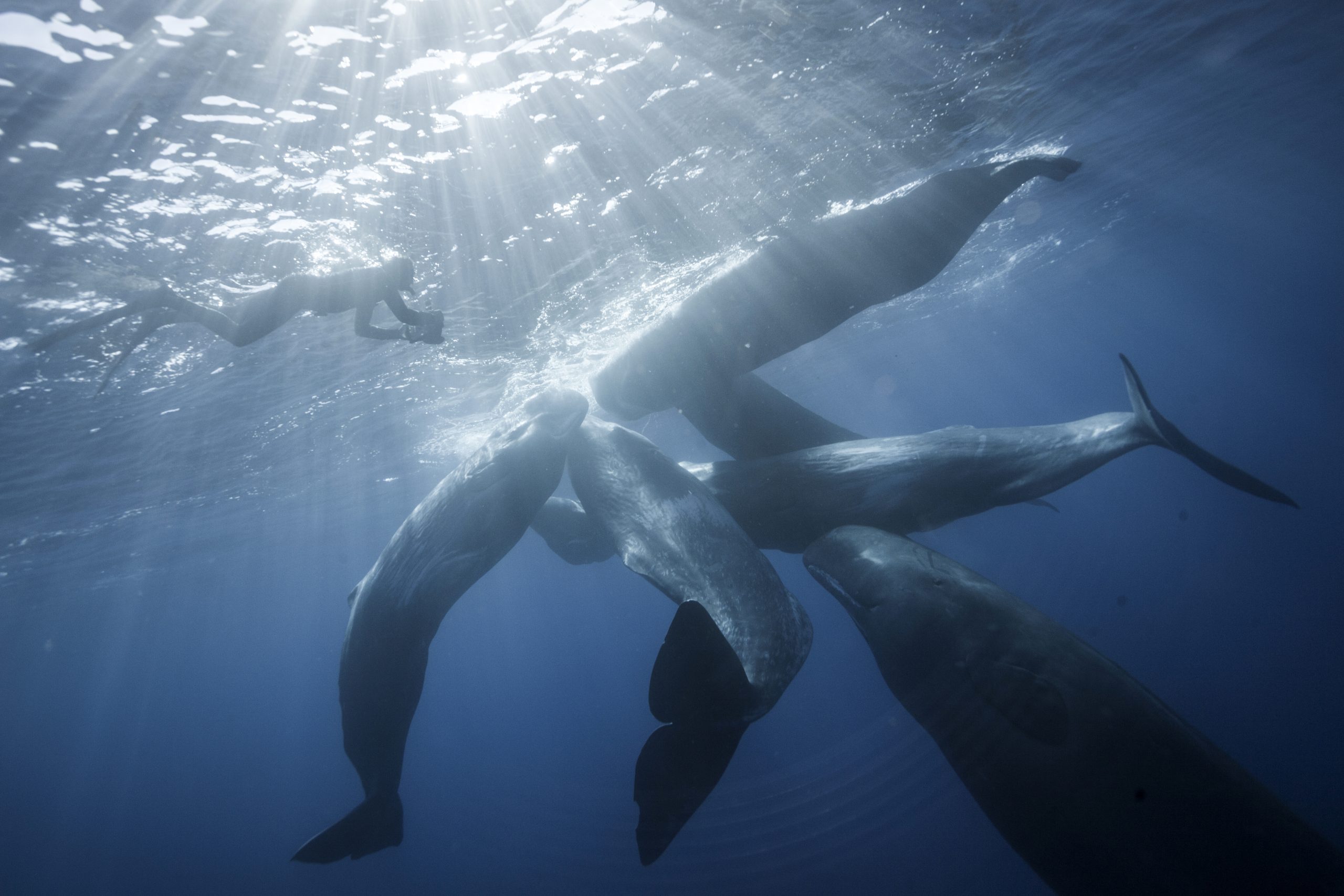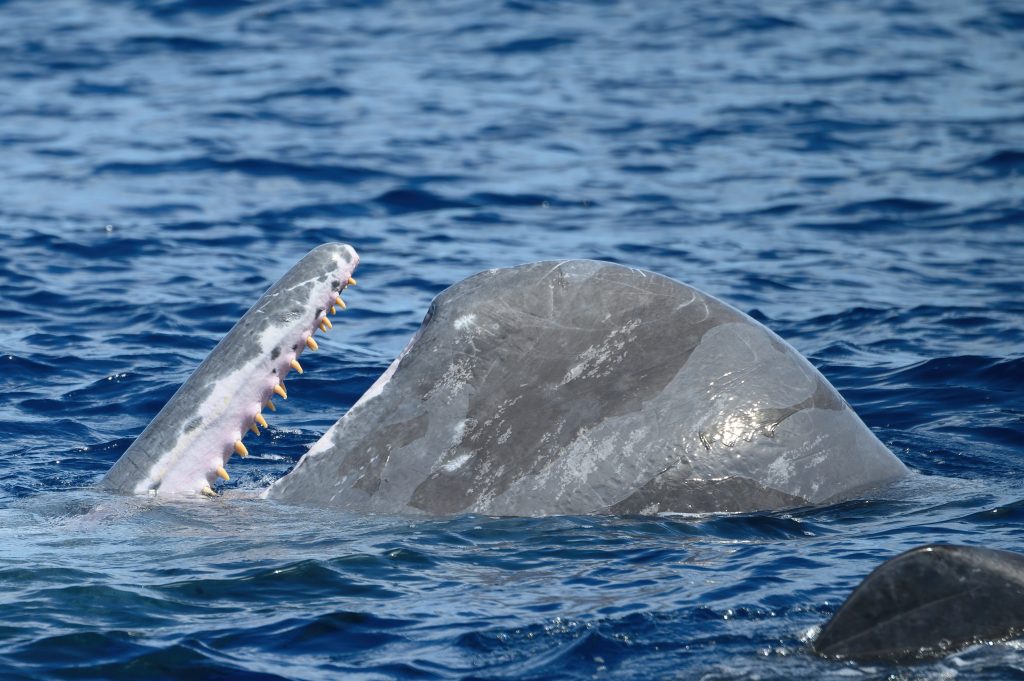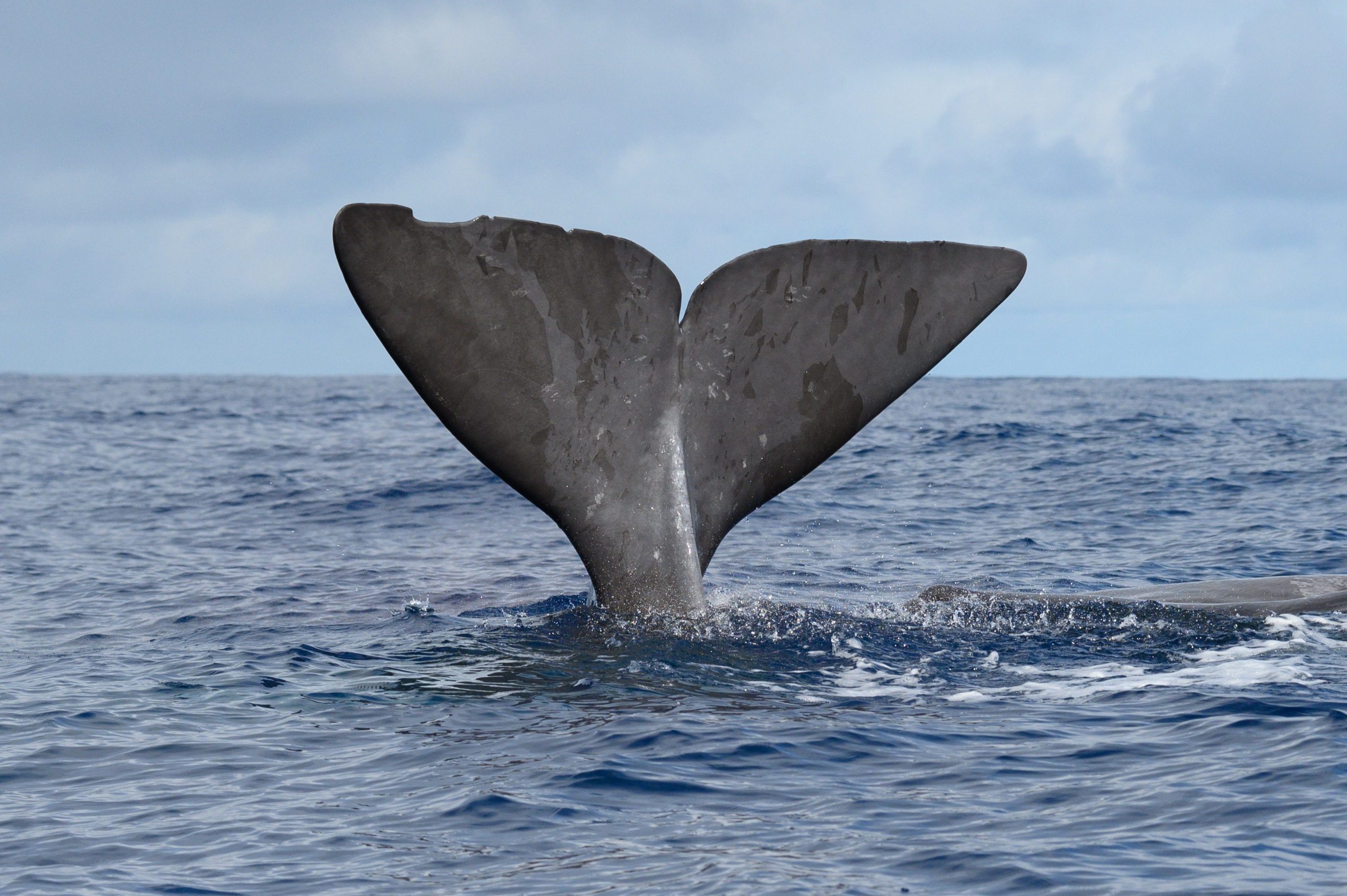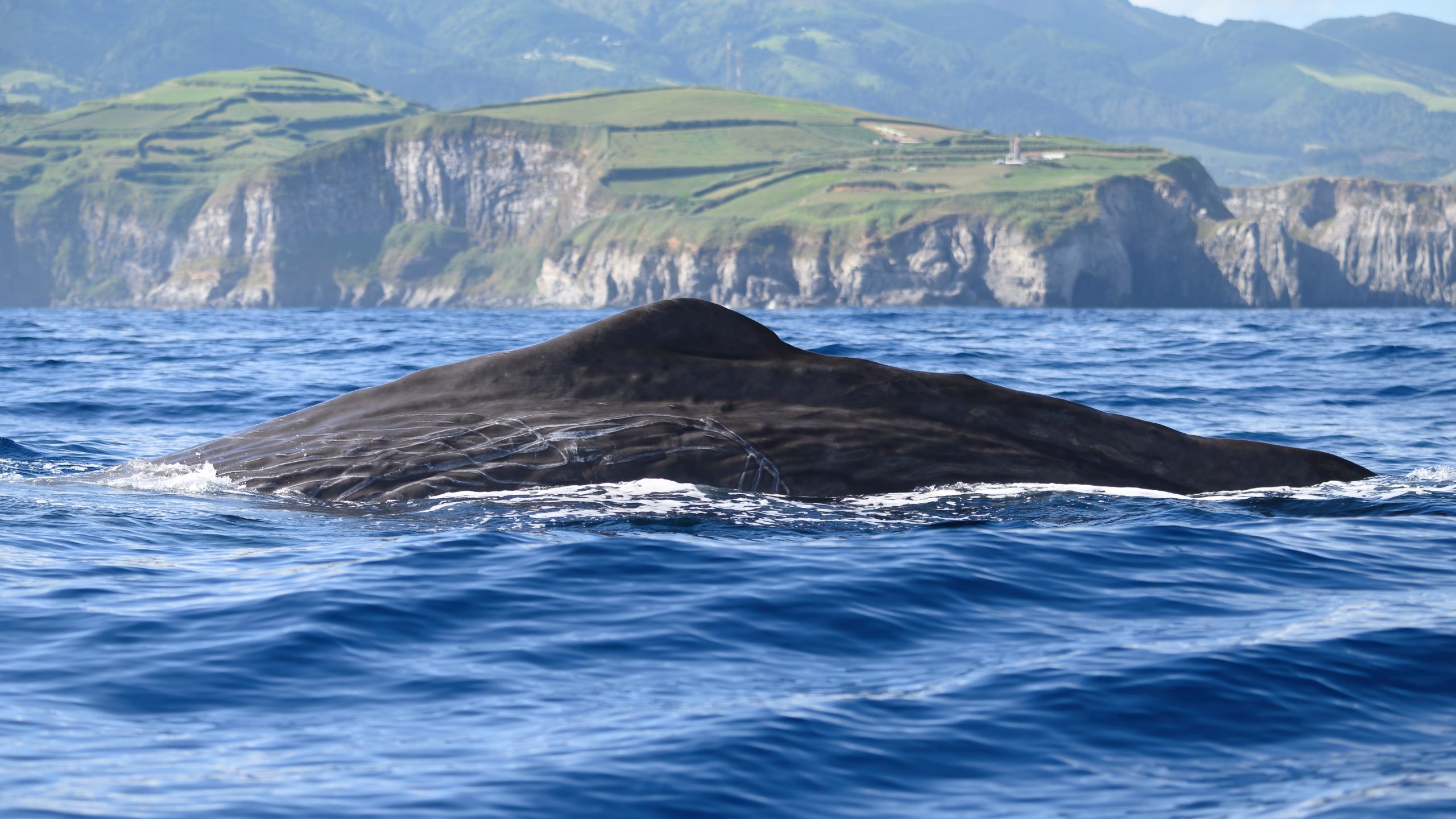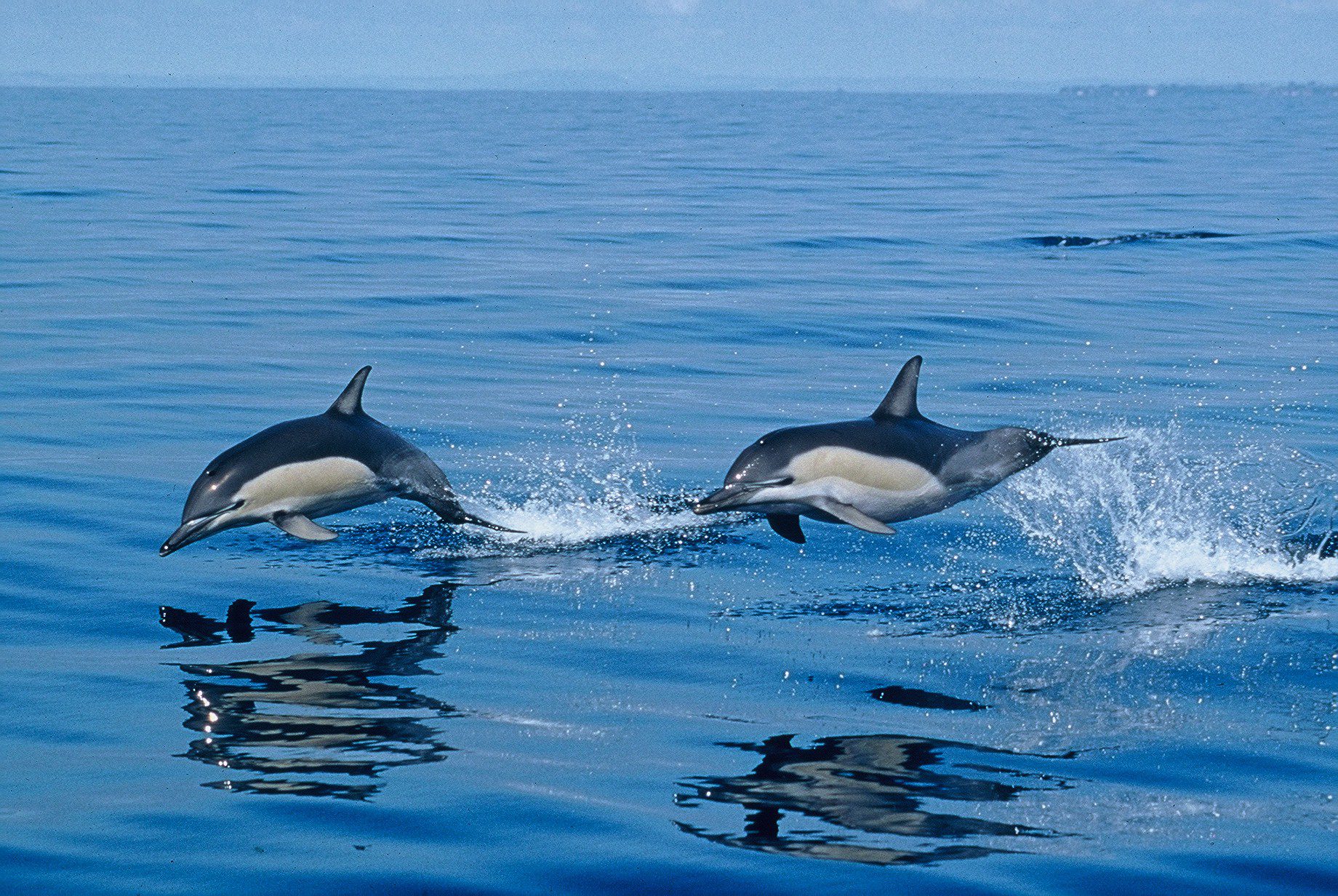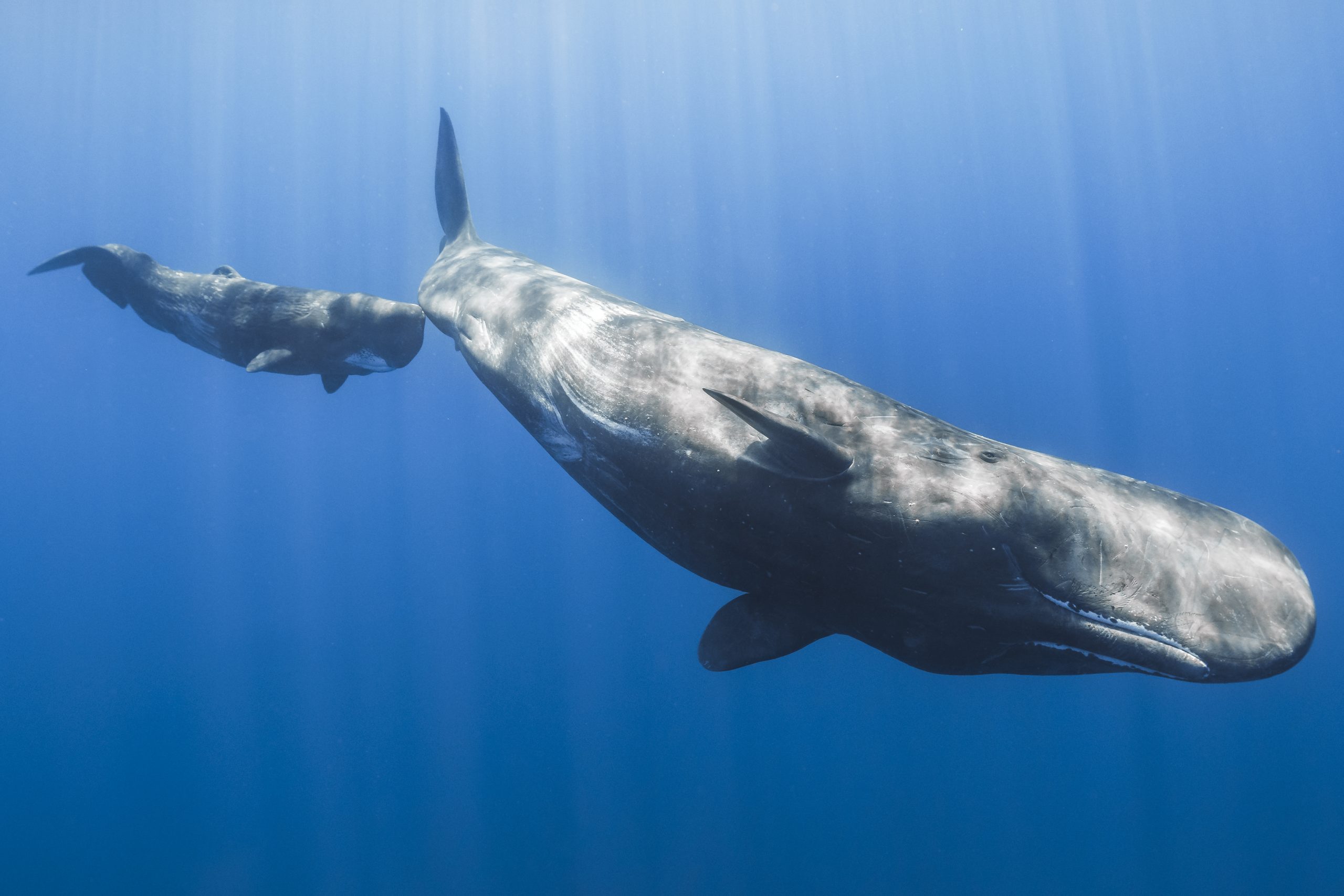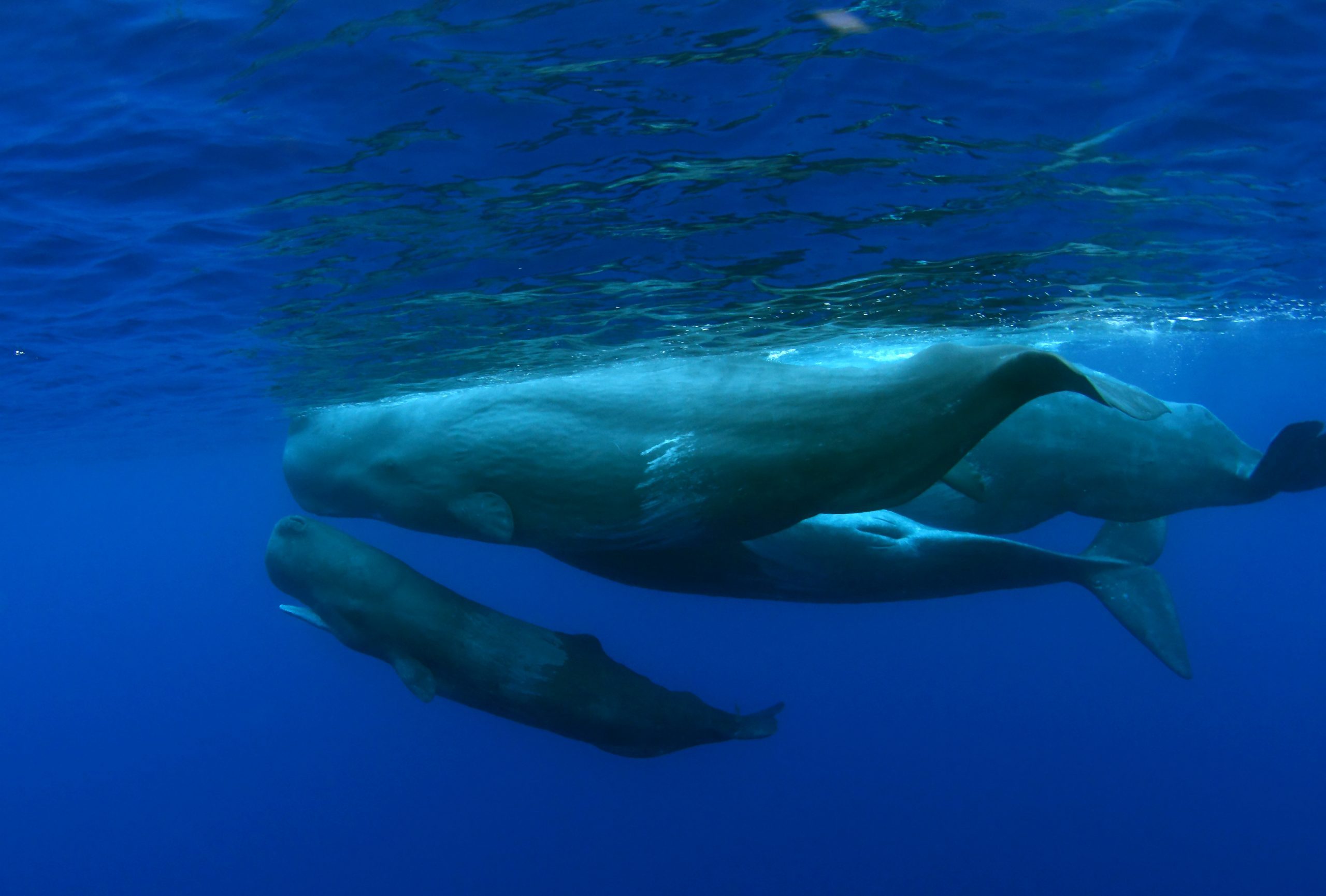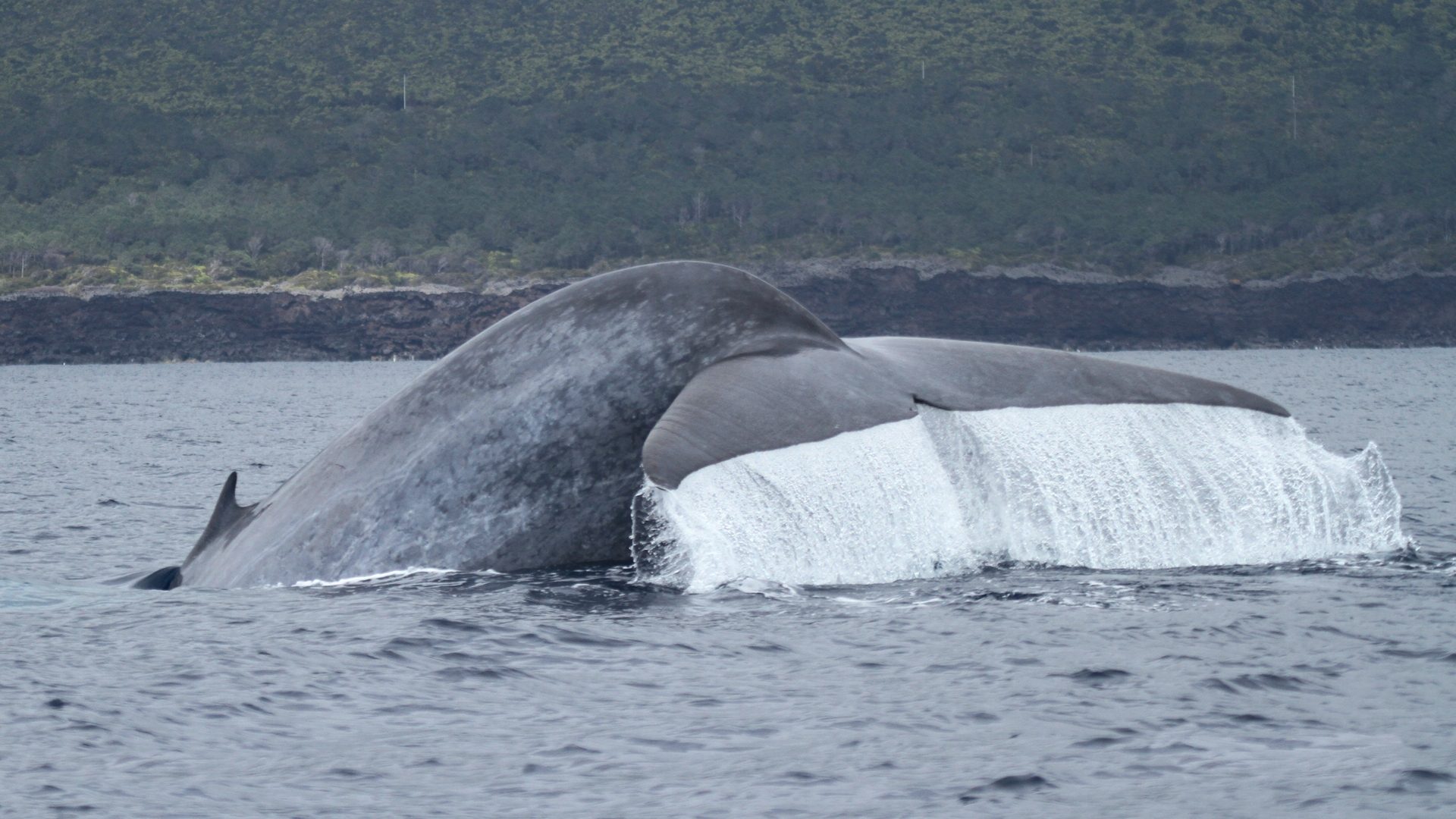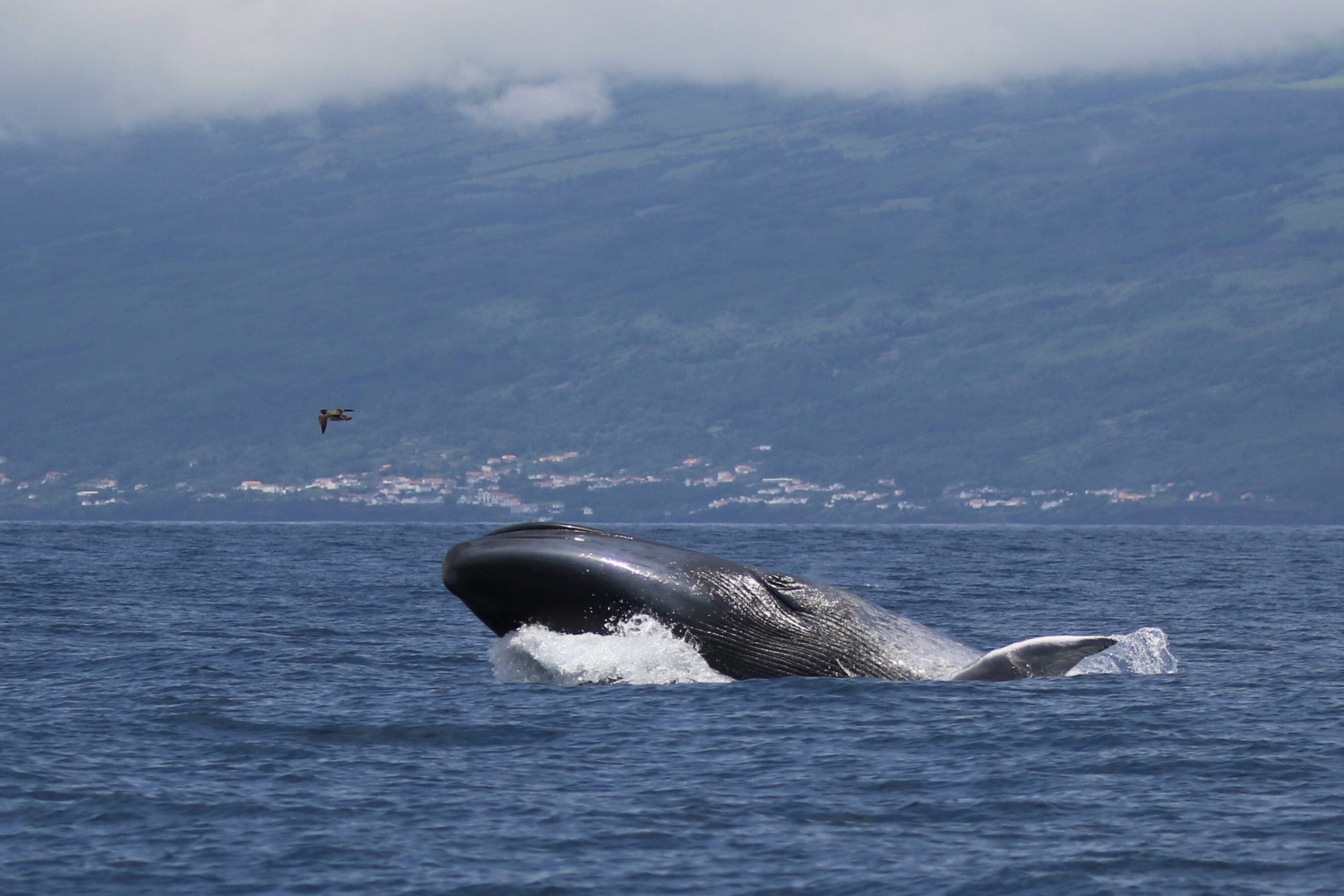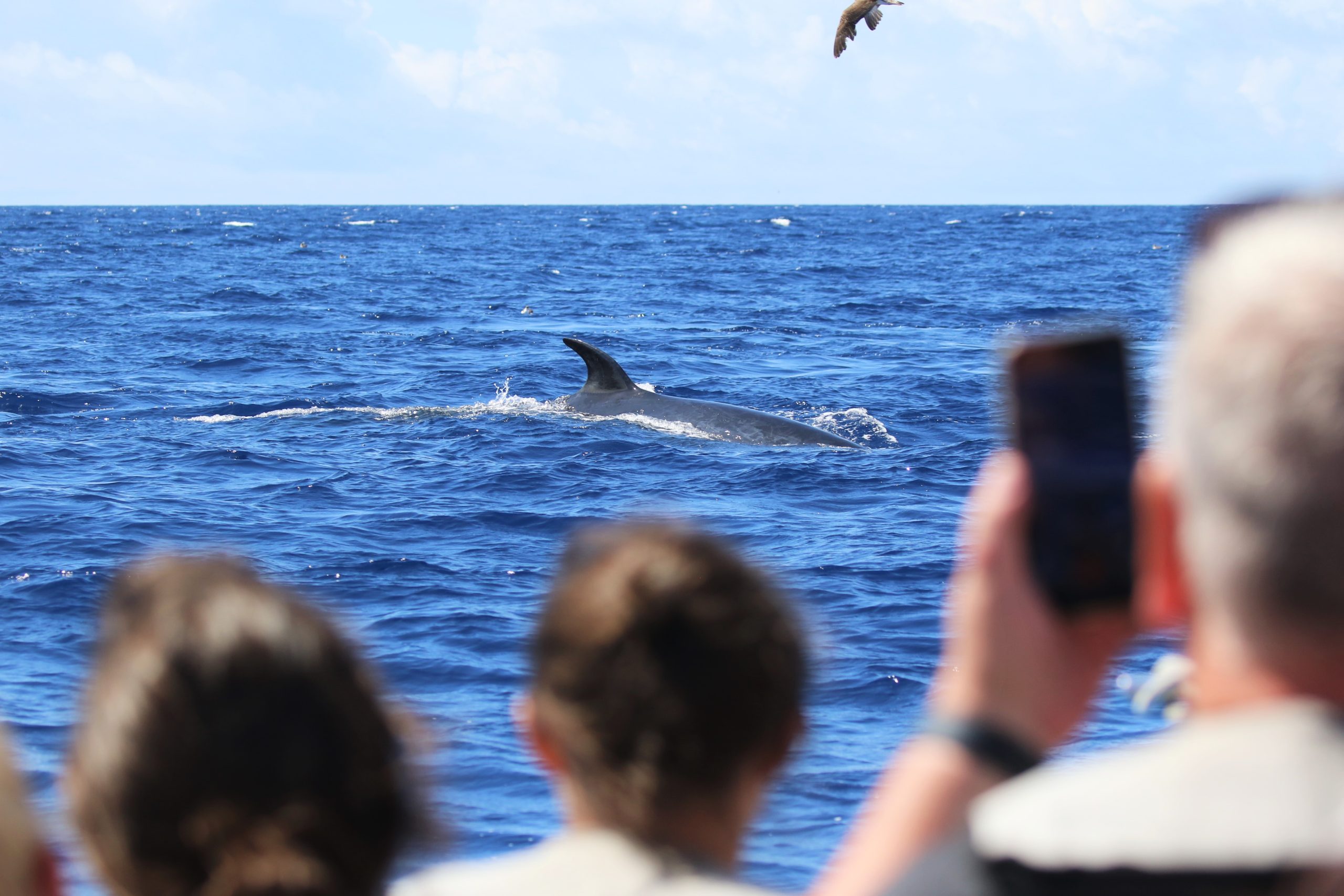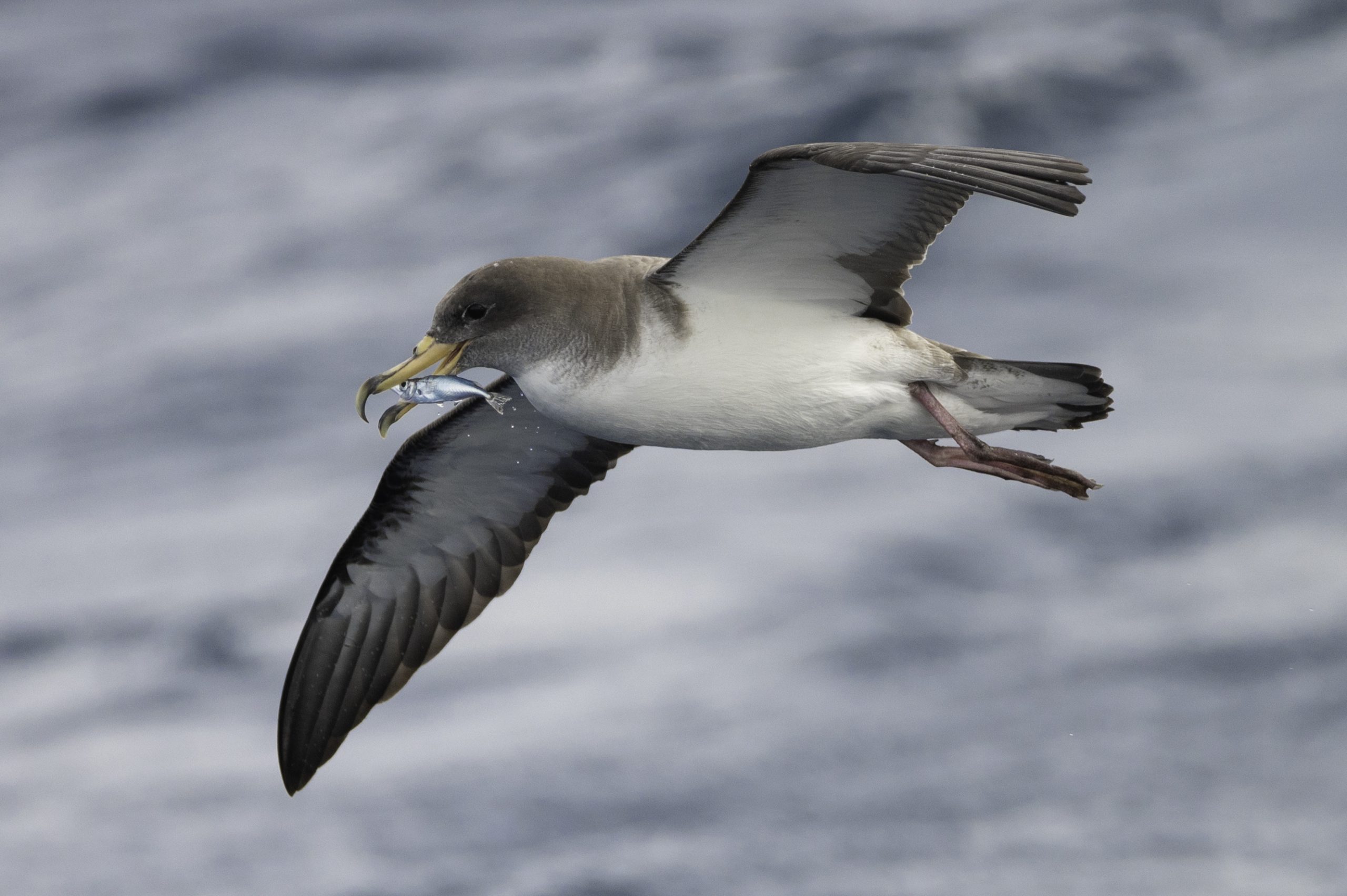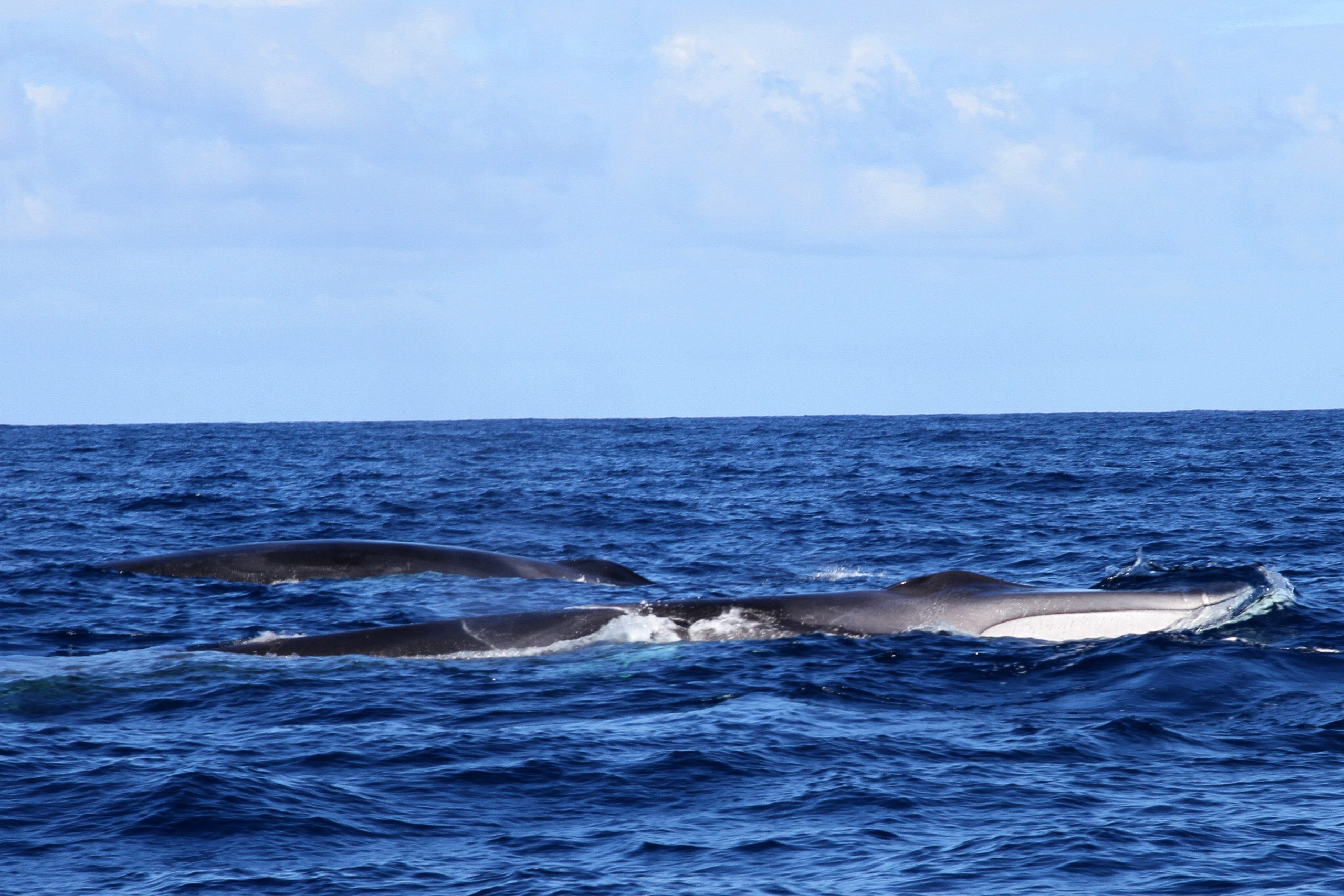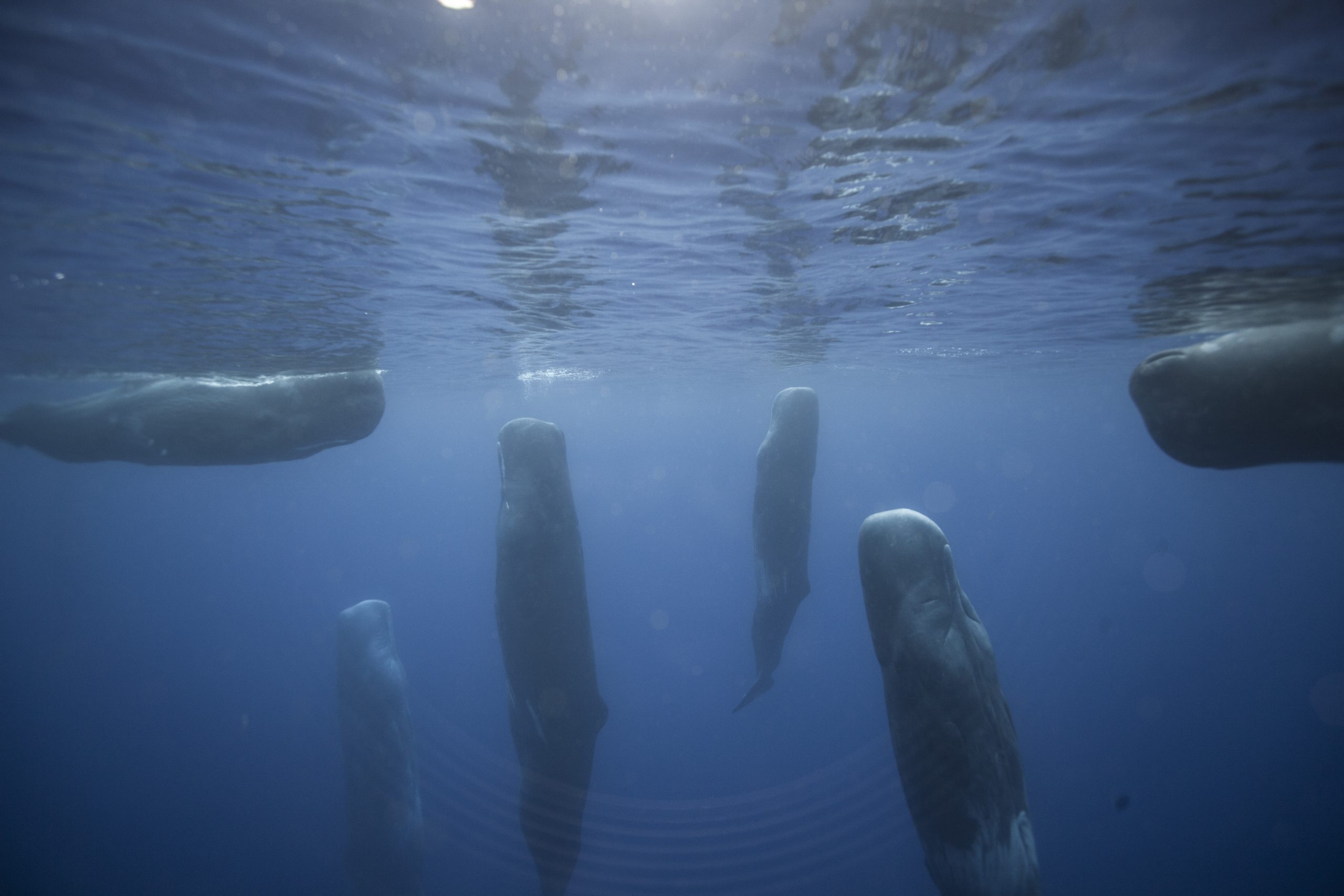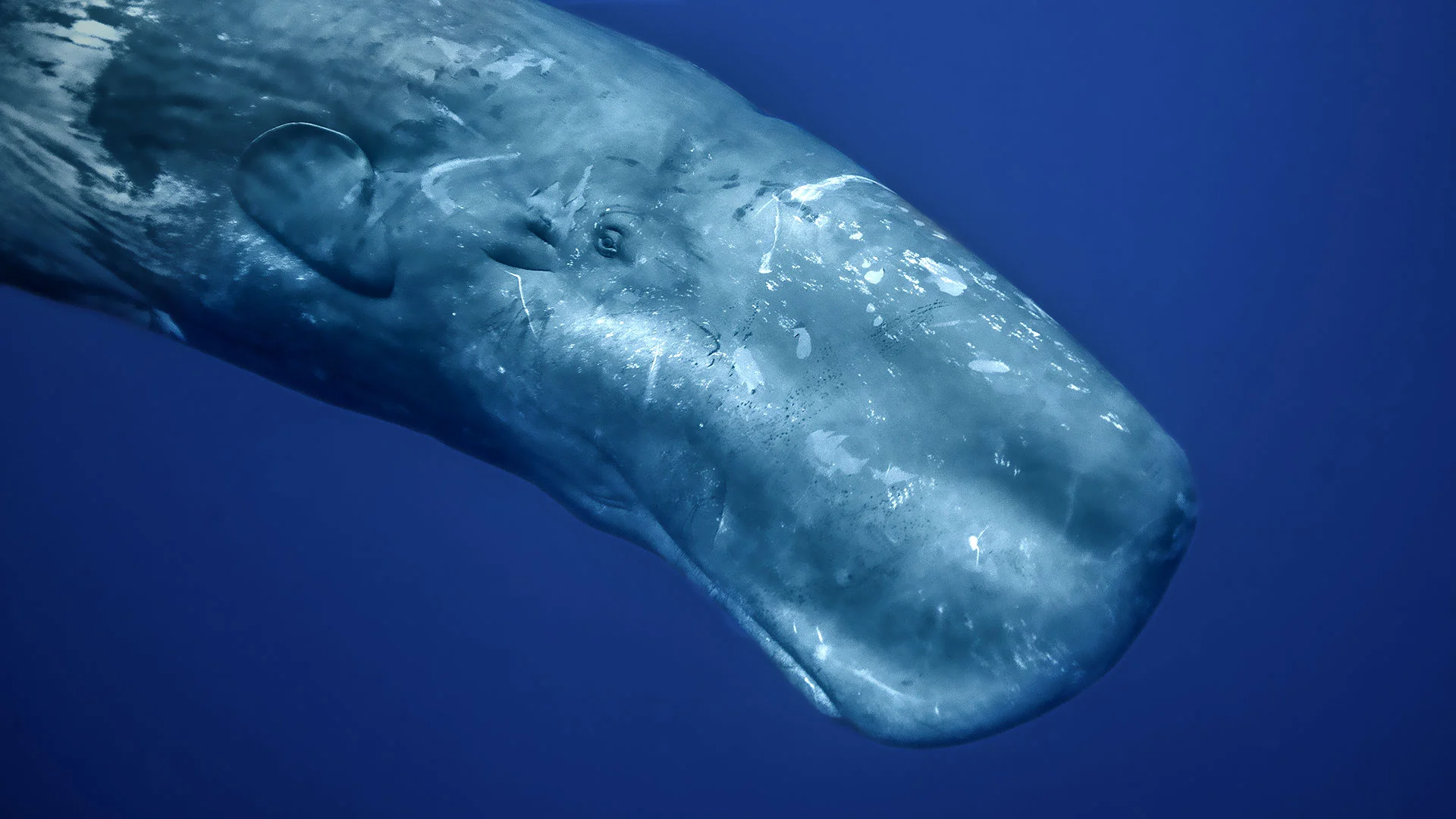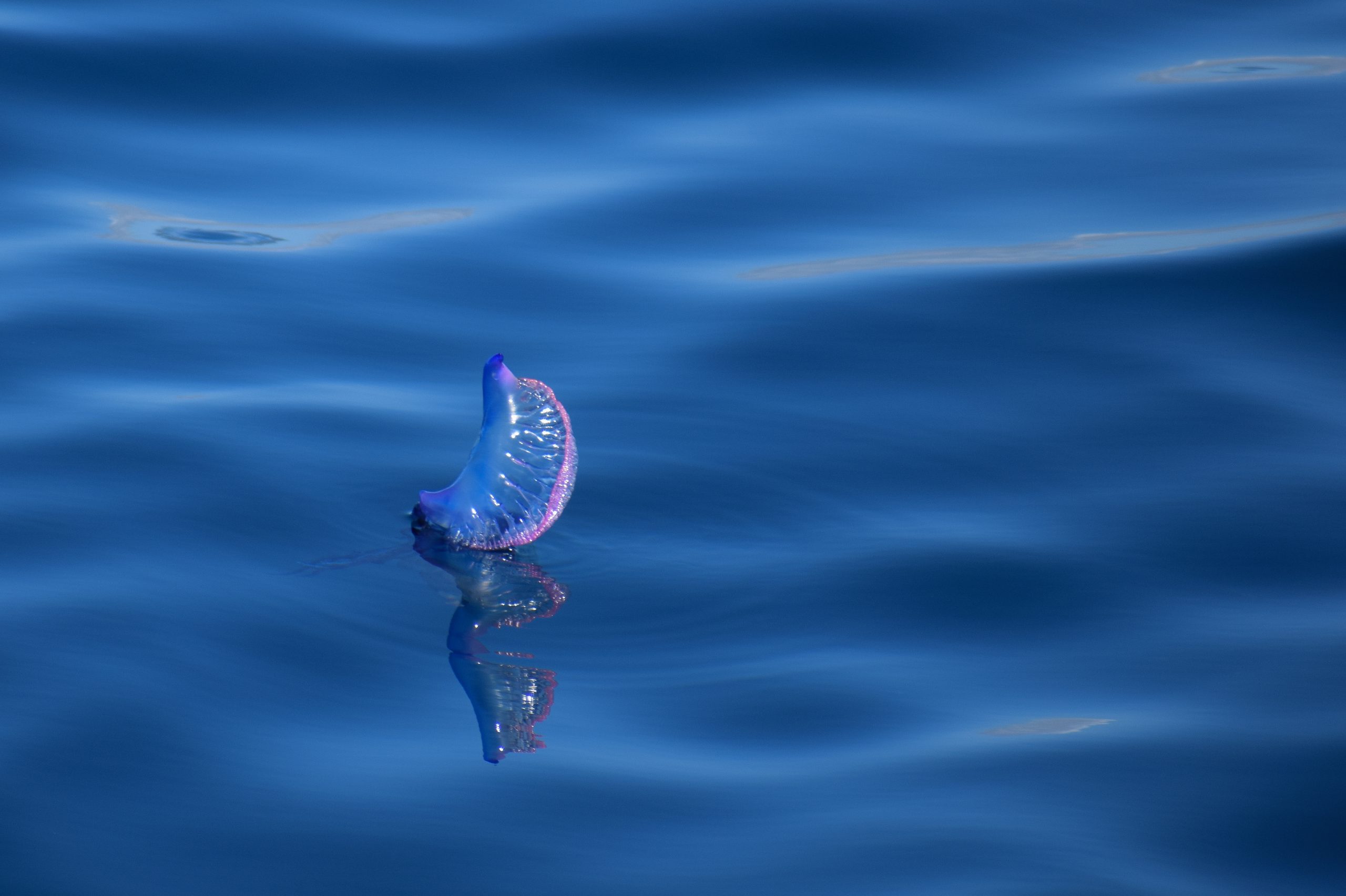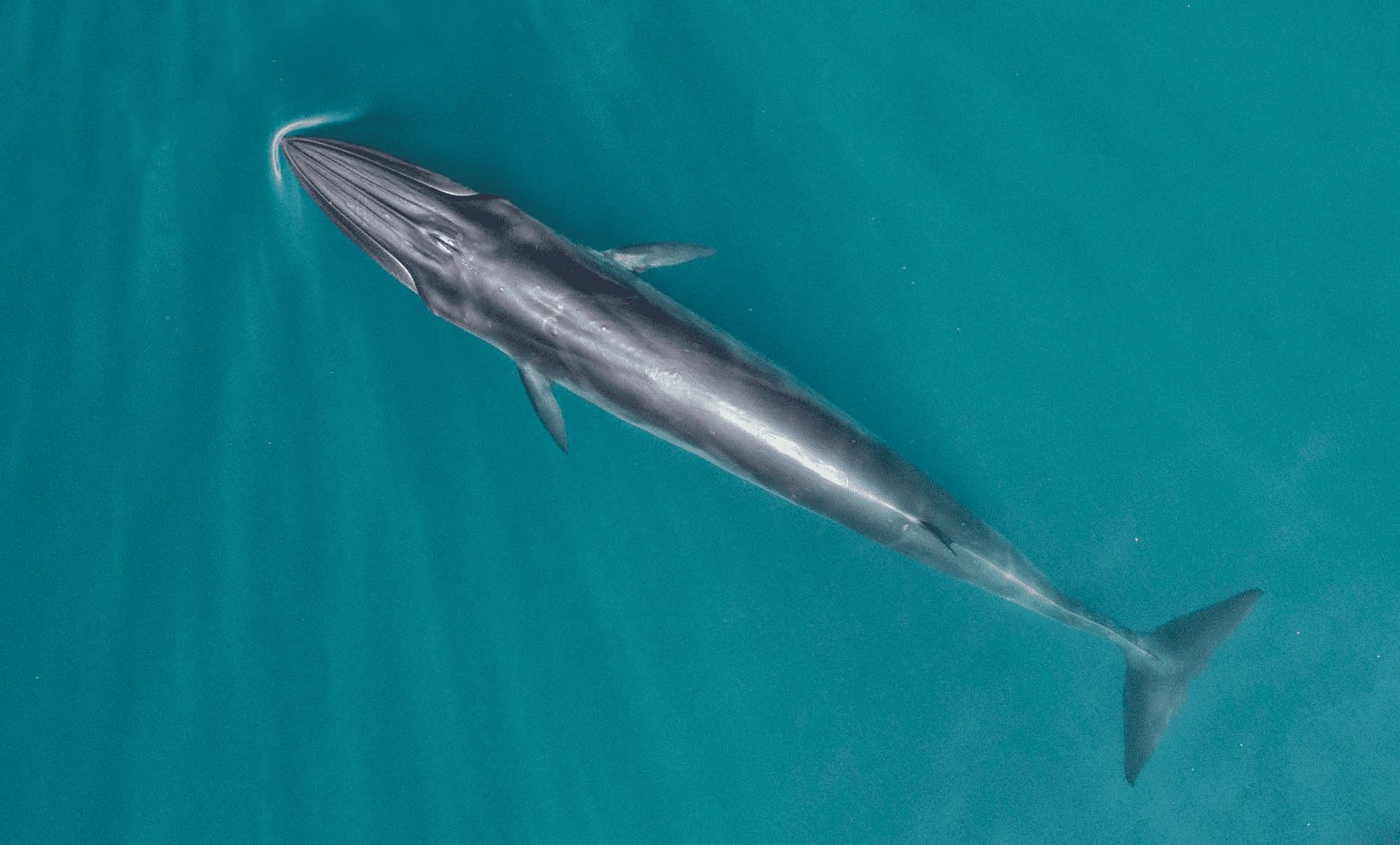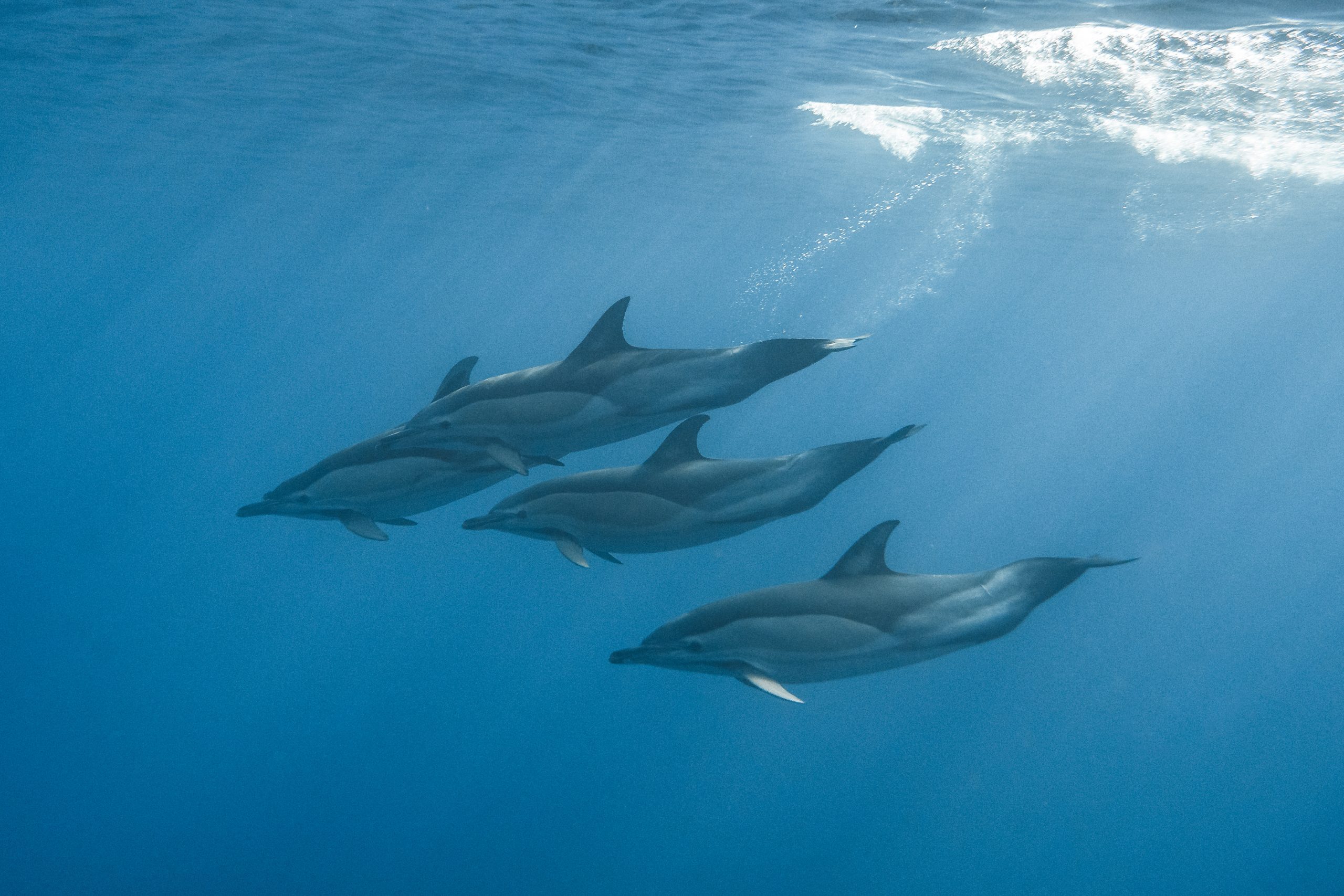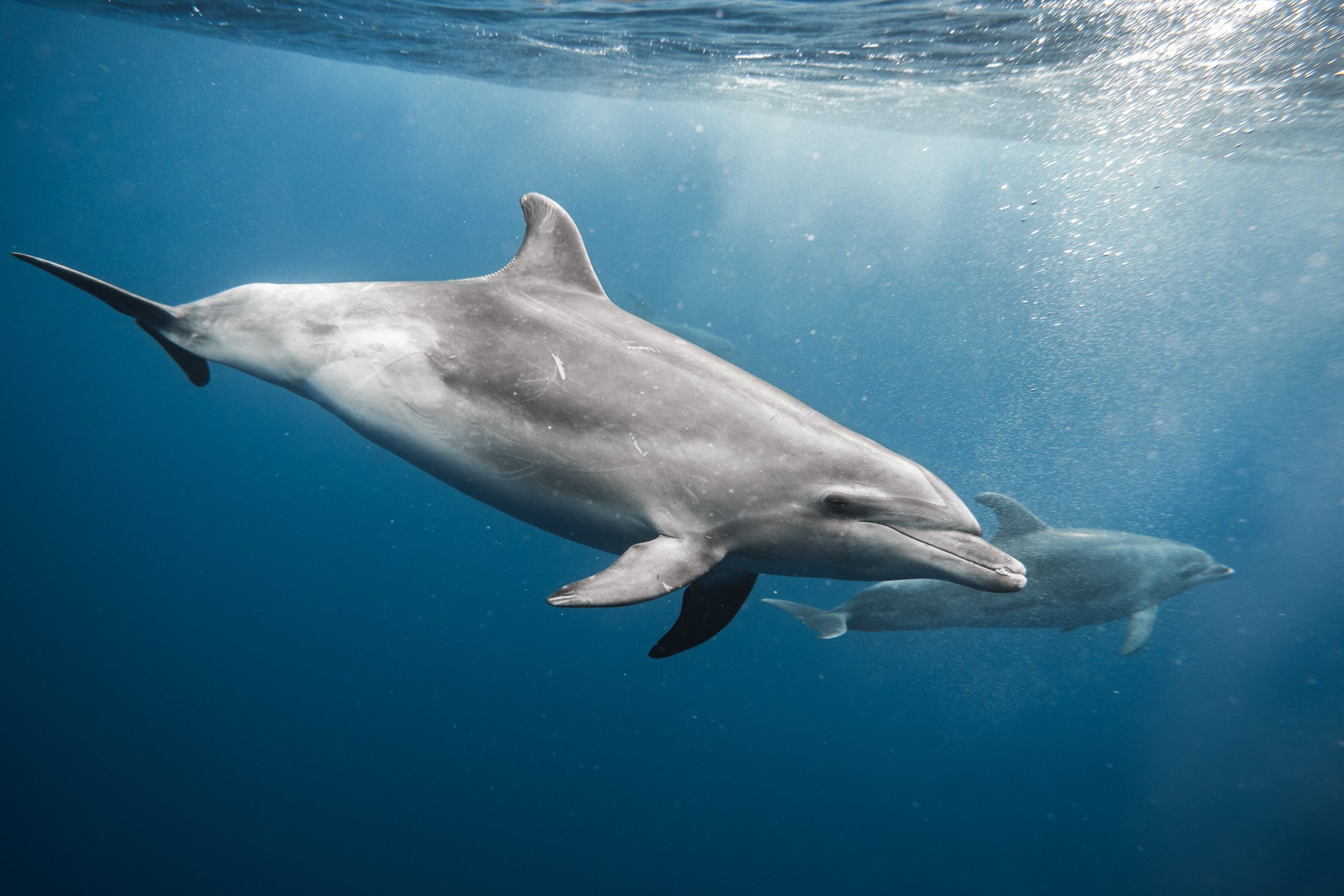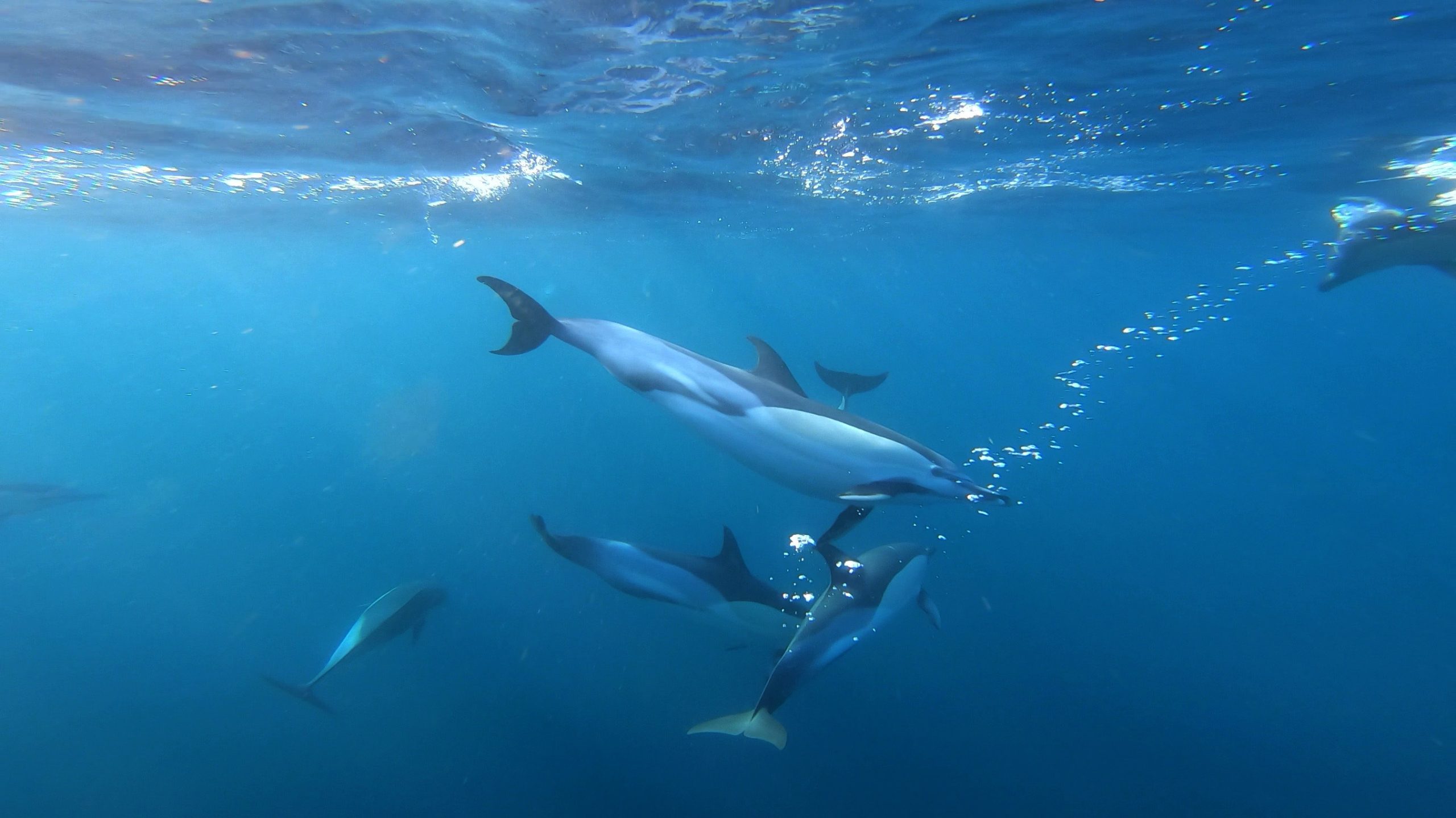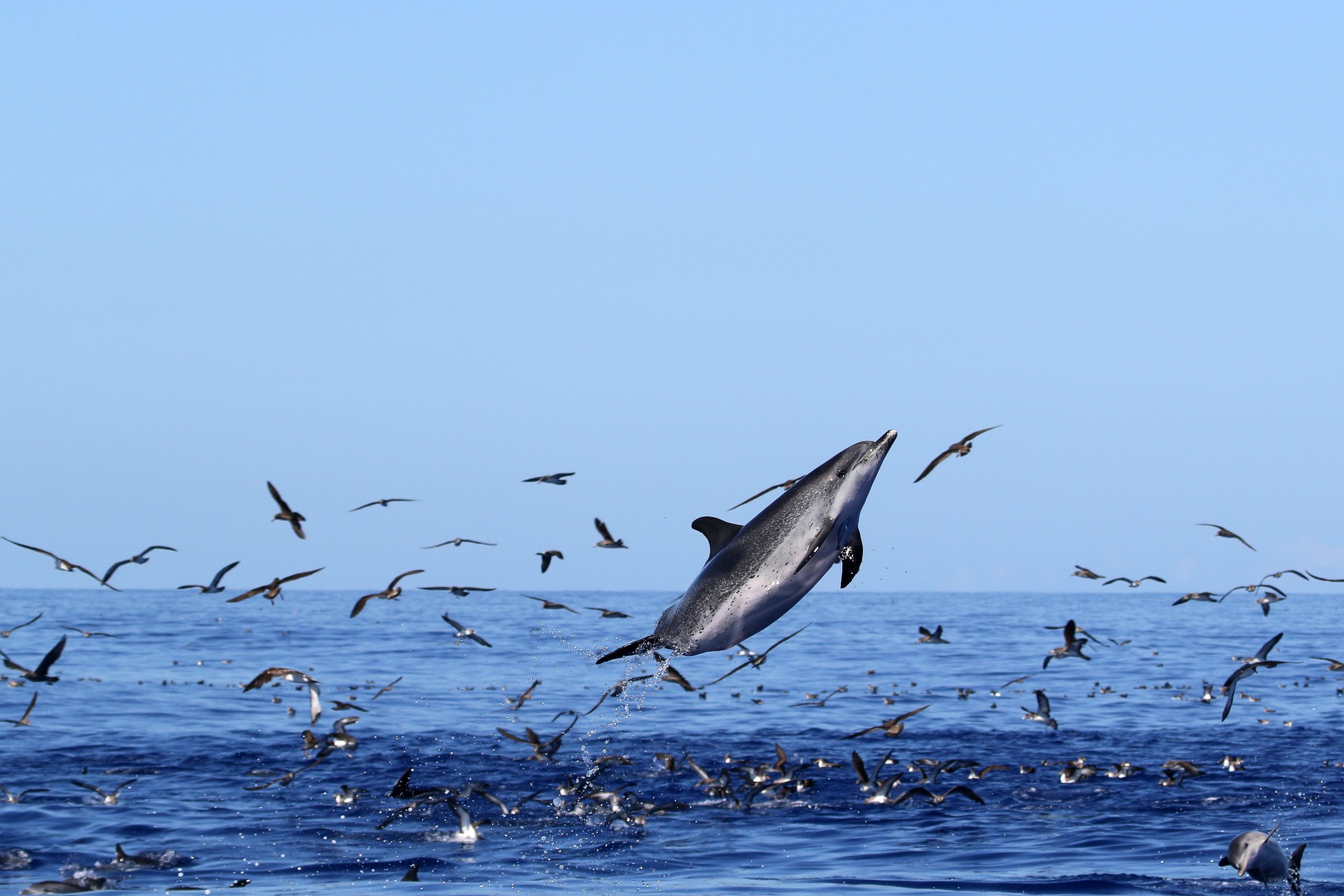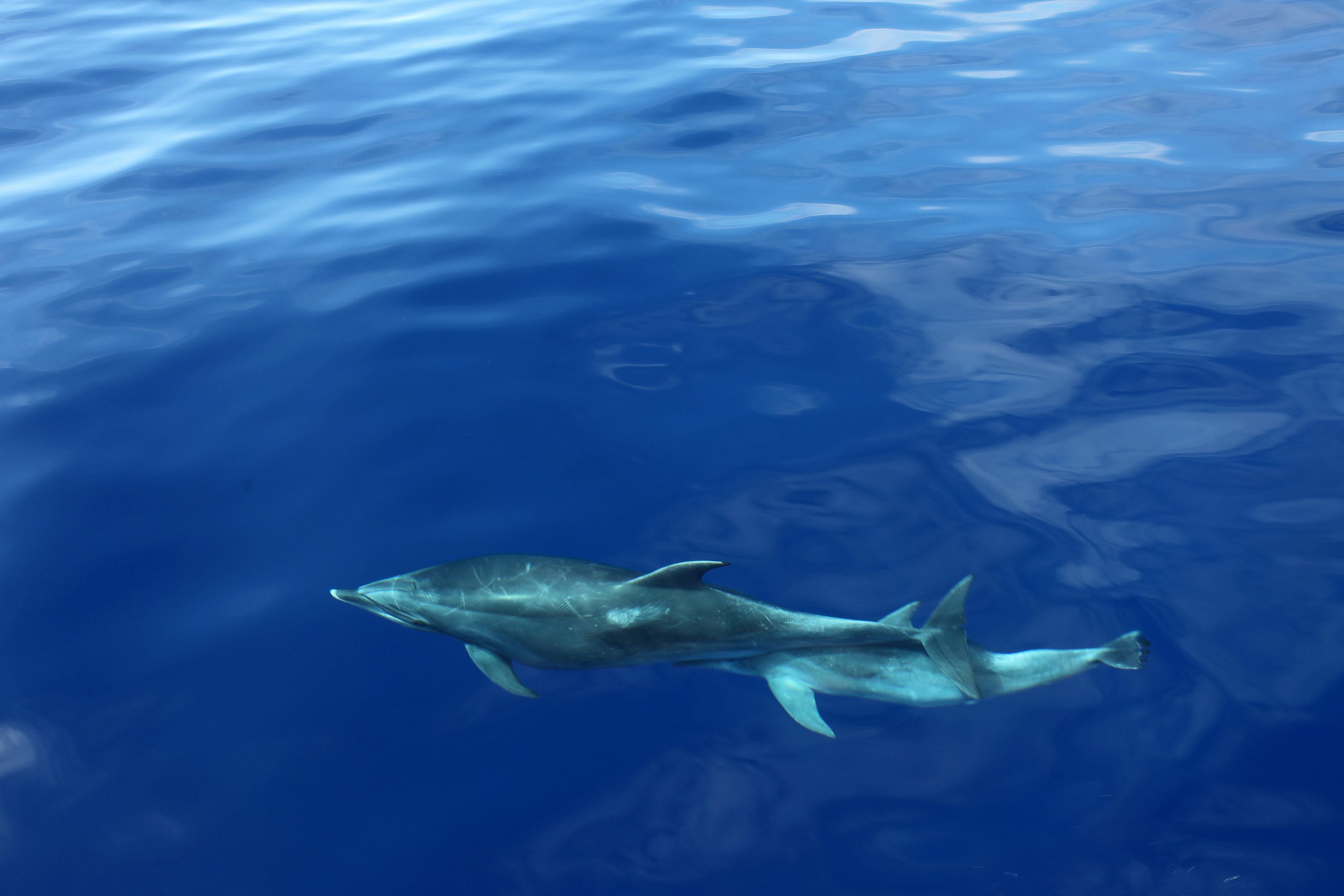Welcome to the wondrous world of whales, where majesty and mystery come together in perfect harmony. These gentle giants of the ocean have fascinated humans for centuries, with their complex social behaviors and unique adaptations to their aquatic environment.
But one aspect of whale biology that remains largely unknown to the public is the appearance of their genitalia. Yes, you heard that right! The question of ‘What does a whale penis look like?’ has been on the minds of many. So we’re here to answer it in an informative and educational way.
With the help of the latest scientific research, we’ll delve into the wonders of whale genital anatomy and uncover the mysteries behind this intriguing topic.
The Sea Serpent Myth

Did you ever hear of the mythical sea serpent creatures? These massive beasts, sighted and described by sailors all over the world, may not have been individual animals but most likely parts of much bigger animals.
Studies unraveled that these sea serpents were probably just a whale’s private parts or not so private! Of course, nobody can say with 100% certainty what happened out there. But when comparing drafts of those creatures with photos of whale penises, the similarity is striking!
A Lot of Variability
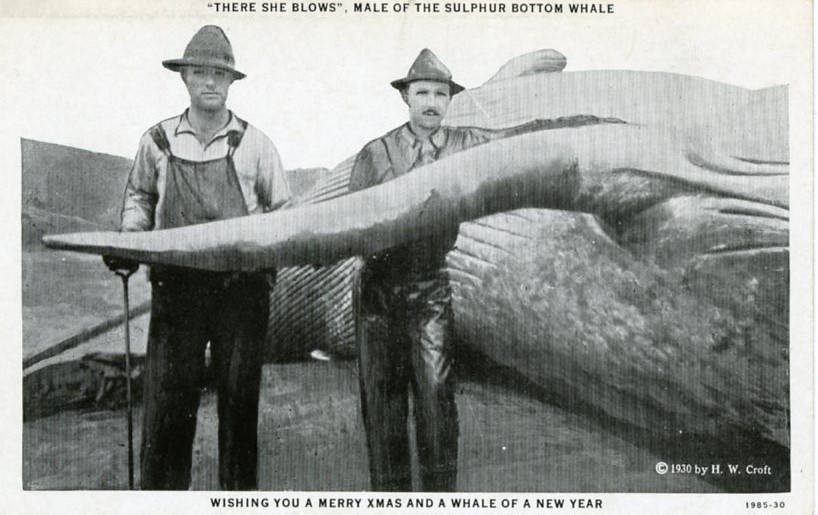
The male genitalia of animals come in a wide range in terms of size, shape, and quantity, depending on the function of this organ. There is really no shortage of variability – big, small, spiky, curly, forks, and even swords.
In general, the male reproductive organ is a rapidly evolving structure that can differ significantly even between closely related species. Surprisingly, one doesn’t need to search far for proof of this fast evolution.
Genetic research showed that, before splitting into humans and Neanderthals, the human penises most likely still had spines. Due to changing mating patterns and an increase in monogamous relationships, we have lost our spines and evolved greater complexity in our brains and social structures.
✨ Related articles: Are whales carnivores? | Do whales and dolphins lay eggs? | Does whale sperm make the ocean salty? | How do whales and dolphins communicate? | How do whales sleep? | How fast can whales swim? | How long can a Blue Whale hold its breath?
A Whale’s Penis/Phallus

Anatomy of Whale Penises
Commonly, the penis of cetaceans is not hanging outside, but it is stored within a genital slit and the lower side of the animal, protruding only when required.
Moreover, whales and dolphins have an exceptionally agile tail with two muscles attached to the pelvis, providing an expanded range of motion and control. This fibroelastic prehensile structure further allows the whale to alter the shape of its most precious piece to accommodate it to the anatomy of the female dexterously.
Additionally, it is suggested that the elasticity of this tissue helps to get the penis erected instead of an increased blood flow, but this is not entirely confirmed yet, since correct measurements during intercourse are almost impossible to conduct.
Keep Sperm Viable
As all cetaceans are mammals, they reproduce by fertilizing the females’ egg cells with sperm. However, in contrast to most terrestrial counterparts, male whales and dolphins don’t have their genitalia hanging outside. This is the case for the phallus and scrotum, resulting in a logistical problem, as sperm needs to be stored at a cooler temperature than the body’s.
So how do they solve this? Cetaceans use the natural path of their arteries and veins to keep the sperm viable. To lose heat, the blood flows through the fins and flukes before entering the genitalia.
And just in case this famous age-old question might plague your mind: No, the ocean is not salty because of whale sperm!
Cetacean-Specific Examples
As already mentioned before, there is a variety in cetacean genitalia. To help you become more familiar with the best-known species, we will provide a little more detail about specific ones.
Humpback Whales

The private parts of humpback whales are probably some of the best-studied cetacean genitals around the world. In 2002, scientists were able to record 13 different instances of humpback whale erections.
Due to this success, they figured out that most penis extrusions actually happened during male contests for dominance. Furthermore, these recordings could provide evidence that some lone males may extend themselves while singing for company.
Gray and Right Whales

Remember the sea serpent sightings from the beginning? Particularly, right and gray whales may be responsible for those!
Female right whales are well-known to go belly-up in an attempt to avoid mating with unwanted visitors. For the males, this means that their agile and long penis definitely brings an advantage for reaching the target.
Blue Whales

In terms of size, we can say that the biggest animals also have the biggest genitalia. And indeed, the blue whale comes with an average penis length of 3 meters and a 33 cm diameter! Each testicle can weigh up to 70 kg and store about 17 liters of sperm fluid.
However, this is not just a matter of fun facts; knowing the length of an individual’s phallus may help indicate their maturity state, although there are variations in differences. At the Icelandic Phallological Museum, visitors can view parts of a blue whale penis, affectionately known as “The real Moby Dick”. The entire organ was estimated to be 5 meters long and weigh 450 kilograms.
Furthermore, the mating behavior of blue whales can be very impressive! Males and females spend some time rolling around each other before taking a deep dive into the ocean abyss and then, suddenly, flying up. They crash through the surface, and just at this moment, the male thrusts its penis into the mammal slit of the female and ejaculates.
✨ Related articles: Is the Fin Whale endangered? | Sperm Whale diet | Sperm Whale’s Scars | Whale Watching in Azores: When is the best time? | What does a whale’s penis look like? | What does whale milk taste like?
Dolphins

Dolphins indeed do not just have a vast variety in genitalia shapes and sizes, but also have the most flexible penis of the cetaceans.
There is at least one known occasion when a dolphin towed a swimmer hooked with its erect penis through the ocean. The dolphin’s phallus can be swiveled and manipulated to reach its target and navigate the extensive vaginal folds of the females.
These folds are essential for the female, because they can block penetration to some point and thus, allow them to choose the most suitable father for their offspring. However, as bottlenose dolphins are known to mate for fun, males also sometimes rub their genitals against each other or, from time to time, even insert the penis into the mammal slit or anus of another male.
Would you like to know the best times for whale watching?
Take a look at our whale watching calendar and plan your next adventure! Don’t miss the chance to spot these majestic creatures in Azorean waters. 🐋 🌊
Conclusion
Nevertheless, there remains a significant lack of knowledge regarding the reproductive systems of cetaceans worldwide. Some species exhibit more observable mating behaviors, such as gray whales, right whales, and humpback whales, while others remain somewhat of a mystery.
Here in the Azores, the behavior of sperm whales may be observed on rare occasions, but it is definitely not a daily view. However, if your whale-watching trip with us does not show one of these highlights, there is always another one! Observing these fantastic creatures is magical anyway!
References
- Bland, K. P., & Kitchener, A. C. (2001). The anatomy of the penis of a sperm whale (Physeter catodon L., 1758). Mammal Review, 31(3‐4), 239-244.
- Dines, J. P., Otárola‐Castillo, E., Ralph, P., Alas, J., Daley, T., Smith, A. D., & Dean, M. D. (2014). Sexual selection targets cetacean pelvic bones. Evolution, 68(11), 3296-3306.
- Orbach, D. N., Marshall, C. D., Mesnick, S. L., & Würsig, B. (2017). Patterns of cetacean vaginal folds yield insights into functionality. PloS One, 12(3).
- Orbach, D. N. (2019). Sexual Strategies: Male and Female Mating Tactics. In Ethology and behavioral ecology of odontocetes (pp. 75-93). Springer, Cham.
- Pabst, D., Rommel, S. A., & McLellan, W. A. (1998). Evolution of thermoregulatory function in cetacean reproductive systems. In The emergence of whales (pp. 379-397). Springer, Boston, MA.
- Pack, A., Herman, L. M., Craig, A. L., Spitz, S. S., & Deakos, M. H. (2002). Penis extrusions by humpback whales (Megaptera novaengliae). Aquatic Mammals, 28(2), 131-146.
- Paxton, C. G. M., Knatterud, E., & Hedley, S. L. (2005). Cetaceans, sex and sea serpents: an analysis of the Egede accounts of a “most dreadful monster” seen off the coast of Greenland in 1734. Archives of natural history, 32(1), 1-9.
- Schaeff, C. M. (2007). Courtship and mating behavior. Reproductive biology and phylogeny of cetacea: whales, dolphins, and porpoises (DL Miller, ed.). Science Publishers, Enfield, New Hampshire, 349-370.



